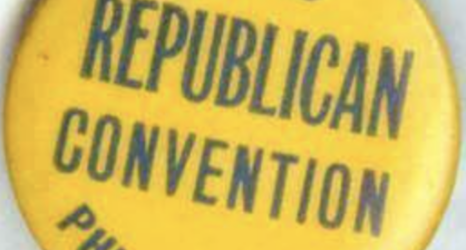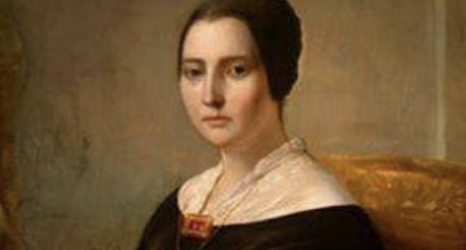
Today in Feminist History is our daily recap of the major milestones and minor advancements that shaped women’s history in the U.S.—from suffrage to Shirley Chisholm and beyond. These posts were written by, and are presented in homage to, our late staff historian and archivist, David Dismore.
Fourteen women Marines at the Cherry Point, North Carolina Marine Corps Air Station have now become the first to qualify for flight pay.

They do the same jobs as the male flight crew mechanics by servicing and checking the planes and warming up the engines, and will now spend at least four hours a month in flight to earn their extra pay. They got their training as mechanics at the Aviation Machinists Mate School in Norman, Oklahoma, and additional training in Memphis, Tennessee.
The history of women in the Marine Corps goes back to August 13, 1918, when Private Opha Mae Johnson became the first of 305 women to enlist for duty during World War One after the Secretary of the Navy approved the enlistment of women for clerical work. All were separated from the service by June 30, 1919, just over seven months after the war’s end. But the need for women in uniform in the present war caused the Marine Corps Women’s Reserve to be established on February 13, 1943, with Ruth Cheney Streeter, appointed a Major, but recently promoted to Lieutenant Colonel, in charge.
Though women Marines in the last war were often referred to as “Marinettes,” that’s not the case this time. As Lieutenant General Thomas Holcomb said last year:
“They’re real Marines. They don’t have a nickname, and they don’t need one. They get their basic training in a Marine atmosphere, at a Marine post. They inherit the traditions of the Marines. They are Marines.”
Though limited to standard office work a quarter-century ago, women Marines are presently doing more than 200 military jobs. They are parachute riggers, mechanics, radio operators, photographers, operate control towers, write and break codes, make maps and do welding. Great numbers of male Marines have been freed for overseas combat duty because as of June, women constituted 85 percent of the enlisted personnel at Marine Corps Headquarters, and almost two-thirds of those at major posts in the Continental U.S. and the Territory of Hawaii.
Hopefully their contribution to the war effort and their value as military personnel will be fully recognized this time, and women Marines will be a permanent part of the Corps after victory is achieved.





